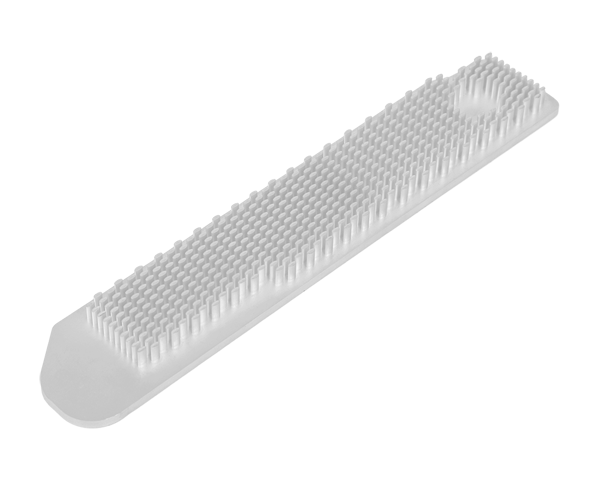2025-03-25 hits:0 source:News

In the aluminum alloy die - casting process, the design of the cooling system is of utmost importance as it significantly impacts the quality of the cast products, production efficiency, and the lifespan of the die - casting molds.
Function and Significance
The cooling system's primary function is to control the solidification rate of the molten aluminum alloy within the die cavity. By rapidly and uniformly cooling the castings, it helps to ensure proper dimensional accuracy and mechanical properties. When the molten alloy solidifies too slowly, it may lead to shrinkage cavities, porosity, and non - uniform microstructure, all of which can compromise the integrity of the final product. On the other hand, if the cooling is too rapid and uneven, it can cause internal stress and warping in the castings.
Components of the Cooling System
A typical cooling system in aluminum alloy die - casting consists of cooling channels, coolant, and a circulation mechanism. Cooling channels are strategically designed and machined within the die - casting mold. These channels are usually made in a serpentine or spiral pattern to maximize the contact area with the mold surface and enhance heat transfer efficiency. The choice of coolant is crucial; water is commonly used due to its high heat capacity and excellent heat - transfer properties. However, in some cases, specialized coolants with additives may be employed to improve corrosion resistance or adjust the cooling rate. A circulation pump is used to drive the coolant through the channels, maintaining a constant flow rate. The flow rate needs to be carefully controlled as it affects the cooling intensity.
Design Considerations
The design of the cooling system takes into account several factors. First, the geometry of the cast product plays a vital role. Complex - shaped castings may require a more intricate cooling channel layout to ensure uniform cooling. For example, in castings with thick and thin sections, the cooling channels near the thick sections may need to be closer together or have a higher coolant flow rate to compensate for the slower cooling in these areas. Second, the material of the die - casting mold also influences the cooling system design. Different mold materials have different thermal conductivities, and this needs to be considered when determining the size and location of the cooling channels. Additionally, the production cycle time is an important consideration. A well - designed cooling system can reduce the cycle time by enabling faster solidification, thereby increasing production efficiency.
a well - designed cooling system in aluminum alloy die - casting is essential for producing high - quality castings, reducing production costs, and extending the lifespan of the die - casting molds. It requires careful consideration of multiple factors and continuous optimization to meet the ever - increasing demands of the industry.
Read recommendations:
large aluminum extrusion profiles
black anodized aluminum t slot
extruded electronic enclosures
lf you have any questions or comments, you can leave us a message and we will reply to you as soon as possible
